Matching Engine – the Heart of a Genuine Reconciliation Tool
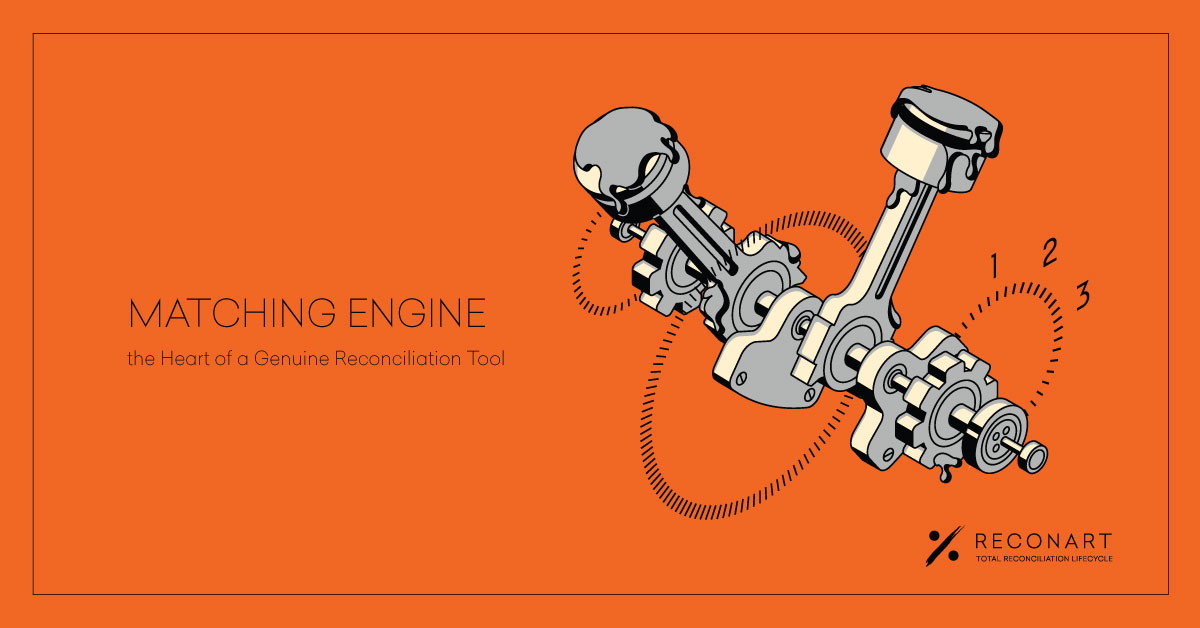
A genuine reconciliation tool is not about a pretty face, but all about a mighty heart.
The reconciliation space is burgeoning and overcrowded these days. Software solutions promising miracles are just round the corner. But a closer look reveals that few offerings include a robust matching functionality and that after all is the essence of a reliable reconciliation solution. Actually, ReconArt claims to be the leader in terms of ability to sort out automatically enormous transaction volumes in virtually any reconciliation situation.
Prepare your data for matching
The ReconArt reconciliation tool captures industry experience with clients who know what millions of transactions implies. The key to productivity when it comes to heavy transaction workloads, however, lies within the ETL capabilities for data integration and enrichment. A prerequisite for high matching rates is the quality of data input. Our platform takes care of that, too. It is configured to extract the files from the designated source, transform the data to improve its usability, and load it into the correct reconciliation account. Cleansing the import data is an essential preparation step to support the consistency of the matching process.
The matching rate carried out with an automation solution is a good indicator whether your current reconciliation framework is capable of above-adequate performance. ReconArt scores higher than the average and sets the benchmark for efficiency and speed. The major factor for that achievement is the sophisticated, yet easy to use matching engine.
Teach ReconArt your business logic
ReconArt originates from its matching engine. The whole system has been built around that powerful core. The underlying principle says “if you can describe a matching relationship verbally, you can write a rule to reflect it.” A rule is a logical statement which determines whether and how two data sets are a match.
We know that finance and accounting operations rely on sound logic and mathematical consistency translated into strict rules. The ReconArt system can be taught which criteria to apply in what sequence to compare two sets of data. The matching criteria are configured to serve the specific client requirements and their unique business process structure. The matching outcomes produced as a result imply no human errors and huge time savings. Virtually all types of reconciliation scenarios typically encountered by the F&A teams can be accommodated within one unified environment.
ReconArt is intuitive and user-friendly. The system configuration does not require intervention in the back end or coding experience. The user interface has Excel like layout. Intermediate to advanced Excel skills in defining formulas and some common sense can be put into use here. The library of functions is handy to pick the right expression. The Wizard Rule screen can give a hint for you as well.
Reconcile by your rules
The high level set up of account reconciliation involves the initial creation of matching accounts with two sides containing the compared data sets. Side A can be the external source, while side B is usually the internal accounting record. Matching rules are created for each account individually covering different matching scenarios to optimize successful matching rates, when combined and executed by the system.
User preferences in the construction of the rules determine:
- The combination of criteria for comparison – those might be unique identifiers or familiar patterns in the data.
- The sequence of the rules execution during the matching job.
- The direction of the rule application – A to B, B to A, A to A, or B to B side.
- The matching relationship, i.e. the items which make up the matching pairs: One to One, One to Many, Many to Many, Grouping.
In ReconArt, rules have different levels of automation permission:
- The rule is applied upon user request, matching pairs are presented to the user but it’s up to him/her to confirm them manually.
- User initiates the matching operation, the rules attached to that account are executed in the specified order, and transactions are matched automatically leaving only the exceptions for manual handling.
- At the highest level of automation permission rules run as fully automated, scheduled tasks.
Variance tolerances can be set up if required. The variance allowed depends on user preference to call transactions a match within a specified deviation in the amount (measured either in percentage or absolute number).
After the matching dust settles
ReconArt keeps a detailed audit trail for each transaction – what is matched against what, which rule is applied, every single user or system initiated update. Besides matching, ReconArt equips its users with instruments for fast-track exceptions resolutions – filtering & sorting functions, reporting widgets, and automatic exceptions categorization. Investigation of the outstanding items is where the real work of the reconciler begins.
ReconArt is a truly business-owned reconciliation solution tailored for growth and continuous process optimization. It provides freedom and flexibility for the user to refine rules and adjust to dynamic business changes without the need of constant support or professional services.

 follow our blog
follow our blog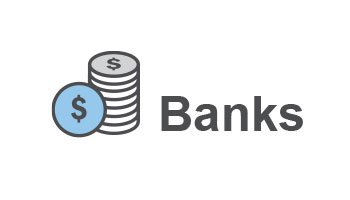
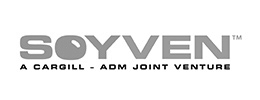

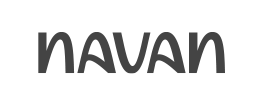
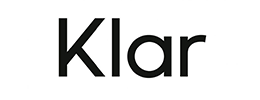



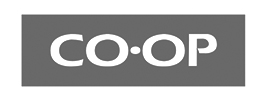

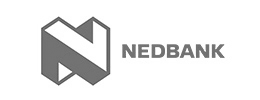


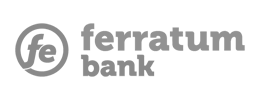
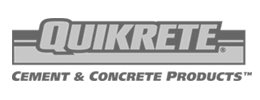

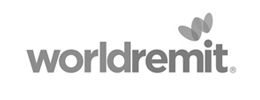






 Quick response
Quick response

